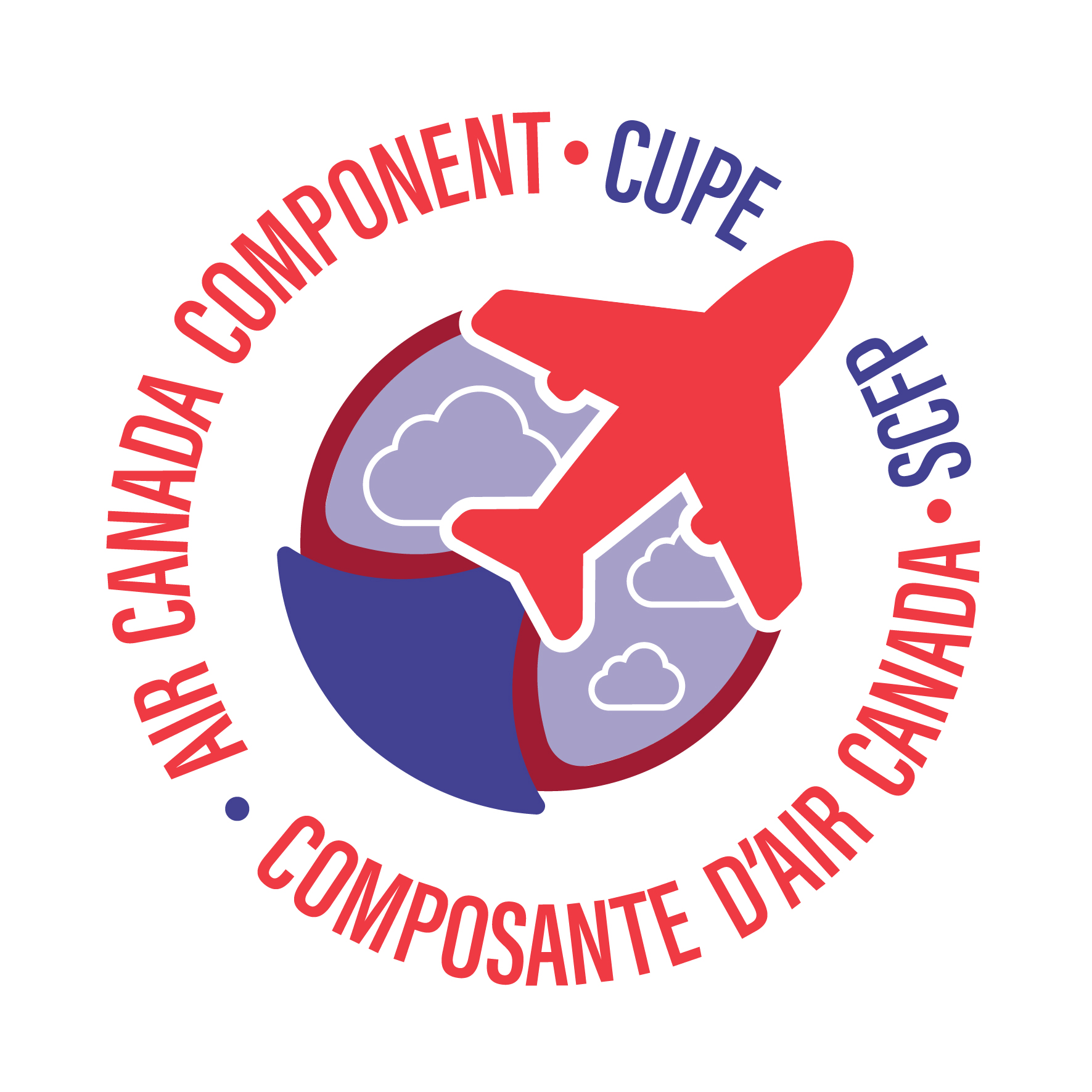Boeing 737 Max Return to Service Union Update
Last week on Thursday, February 13, 2020, eight members of the Component and Local Executives of CUPE Air Canada, CUPE Sunwing and CUPE WestJet met with Boeing at their facilities in Renton, Washington to be provided with specifics of the planned technical “fixes” to the B737 Max aircraft, updates on the resulting certification process from both the FAA and Transport Canada, as well as what the manufacturer’s return-to-service and pilot training programs looks like; all leading up to the return of this aircraft to our respective networks.
The invitation to our Unions from Boeing was a result of our joint letter dated November 7, 2019 to then CEO of Boeing Mr. Dennis Muilenburg. The agenda for the day was organized and facilitated by Boeing’s Senior Manager, International Communications for The Americas.
The Unions began the day with a stop at Boeing’s Safety Promotion Center located in Everett, WA. The Center presents content from significant and industry shaping aviation disasters of the past. Designed primarily for their internal employees, according to Boeing, the center focuses on sharing “safety information and lessons learned amongst different internal organizations that design, build, support and operate our product…” ensuring that safety is “engrained in our safety culture.” The visit by the Union leaders to the Safety Promotion Center was clearly designed to showcase to the Unions the manufacturer’s ‘commitment’ to safety in the face of the Max accidents and ongoing grounding.
The Union leaders were then brought to the Renton Delivery and Flight-Testing Center where numerous B737 Max8 aircraft are parked awaiting delivery. The delegation was hosted to a private presentation by Boeing’s Captain Jennifer Henderson, Chief Pilot, Boeing 737. Captain Henderson’s presentation outlined the state of the aircraft pre-grounding, the work that has taken place since the grounding and the planned results and state of the aircraft’s systems once it returns to service. The presentation was technical in nature, and the Unions had opportunity throughout to ask questions and clarify the content and technical details. Information regarding Boeing’s recommended flight crew simulator and training requirements prior to the return of the aircraft was also provided.
The Union leadership of the Air Canada Component of CUPE, CUPE Local 4055 (Sunwing Cabin Crew) and CUPE 4070 (WestJet Cabin Crew) remain steadfast in our joint commitment to the more than 12,000 members that we proudly serve. Our members will be the aviation professionals whom the travelling public will look to for confidence and context in our cabins when the Max flies again. The Unions’ leadership will continue to work together with the sole focus of ensuring that the B737 Max is a safe workplace should we endorse this equipment type as safe to operate on.
It is the duty of your respective Unions to ensure that all workplaces that our members are asked to operate in are safe, secure and free from known or identified hazards. The Unions are committed to continuing our collaborative scrutiny of the Boeing Max.
The Unions will be engaged in the regulatory approval process directly with Transport Canada, as well as the eventual return-to-service plans for the aircraft with our Employers. CUPE National and our three Unions have already been engaged with Transport Canada on this file, and will continue to be active in ensuring that our 12,000 members who are affected will be represented in all discussions and decisions at the Federal Government level.
If you have any further questions related to the Boeing Max and your Union’s action plan, please contact your Component or Local directly.
In Solidarity,
Wesley Lesosky
President
Air Canada Component of CUPE
w.lesosky@accomponent.ca
Rena Kisfalvi
President
CUPE Local 4055 – Sunwing
president@local4055.com
Chris Rauenbusch
President
CUPE Local 4070 – WestJet
chris.rauenbusch@cupe4070.ca

